The UX Process
Guide
A easy to follow UX design process for beginners.
A blueprint for designing new digital products and services.





Phase 1: Kickoff & Workshop
Input.
Business needs, initial product ideas, potential use cases, and success metrics.
Stakeholders.
Business lead, product lead, technical lead, product designer, and subject matter expert.
Output.
UX plan & design backlog, experience canvas, proto-personas, journey maps, and vision statement.
Activities.
Interview stakeholders, collect and organise documentation, and workshops.
Value.
Understand product/project vision, align on desired outcomes, understand project constraints, align on target personas, and identify risk assumptions.





Phase 2:
Audit & Research
Input.
Competitors list, research subjects, and review analytics.
Stakeholders.
Product designer, users & customers, and subject matter expert.
Output.
Research plan, interview scripts, research report, analytics report, and competitor report.
Activities.
User observations & interviews, SME interviews, competitive analysis, heuristic evaluation, and market research.
Value.
Understand the current state of product and market and understand user behaviours, needs, pain points, goals, and context of use.

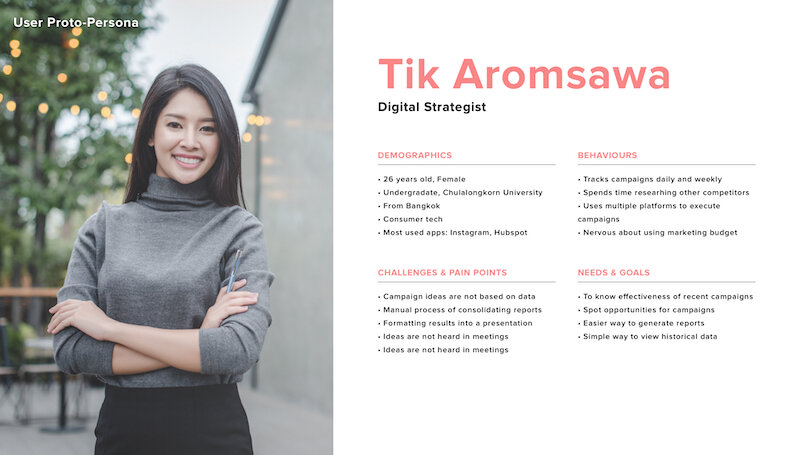

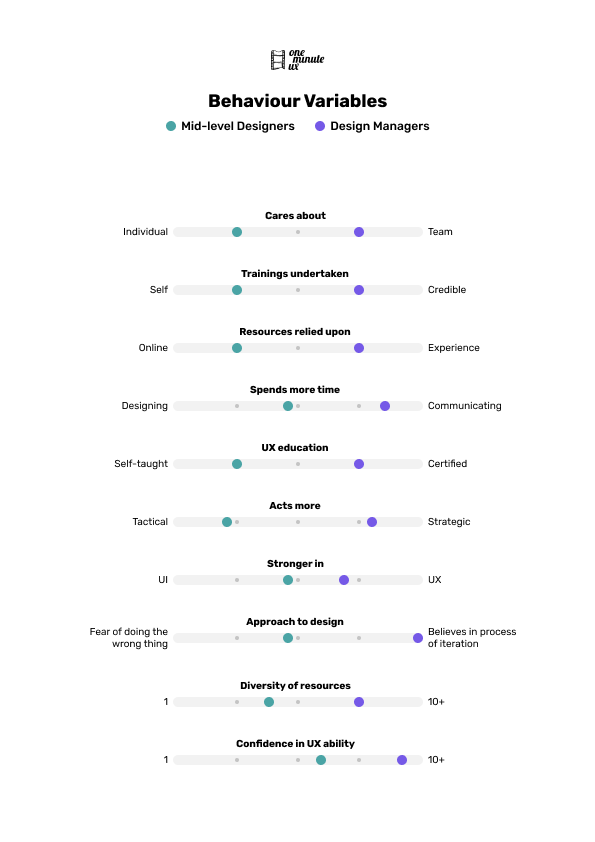

Phase 3: Requirements Definition
Input.
Output from phase 2: audit & research.
Stakeholders.
Business lead, product lead, technical lead, and product designer.
Output.
User personas, problem statement, scenarios, and UX requirements.
Activities.
Synthesise insights from audit & research, create personas, define scenarios, and user story mapping
Value.
Identify constraints and opportunities, align business goals to user research, understand context of use, and create a high-level backlog.
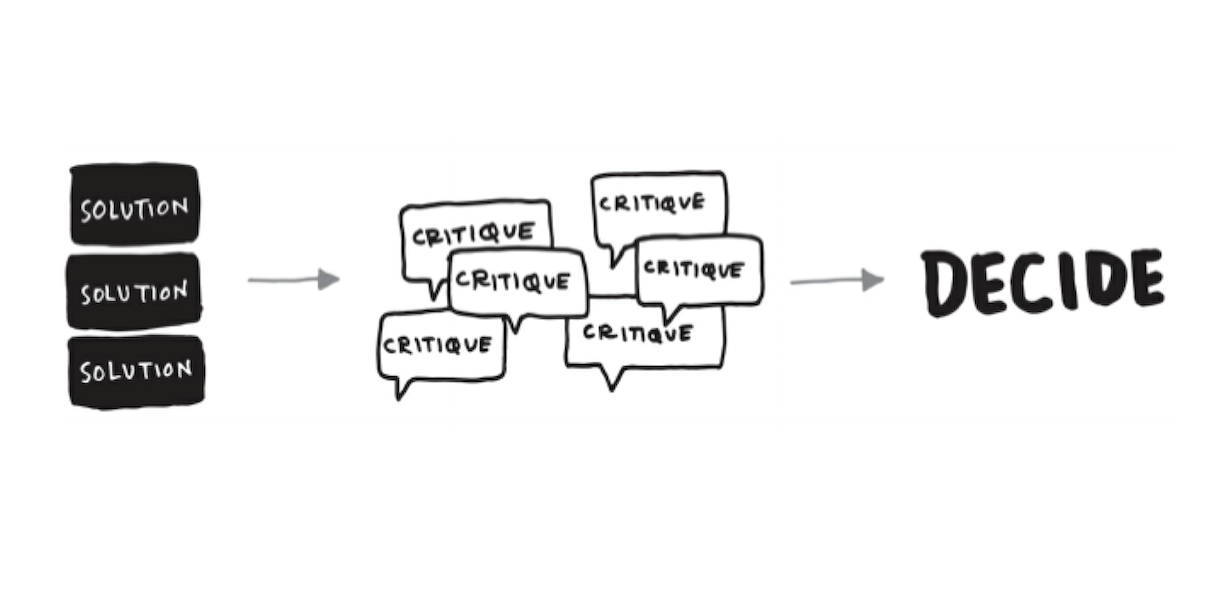



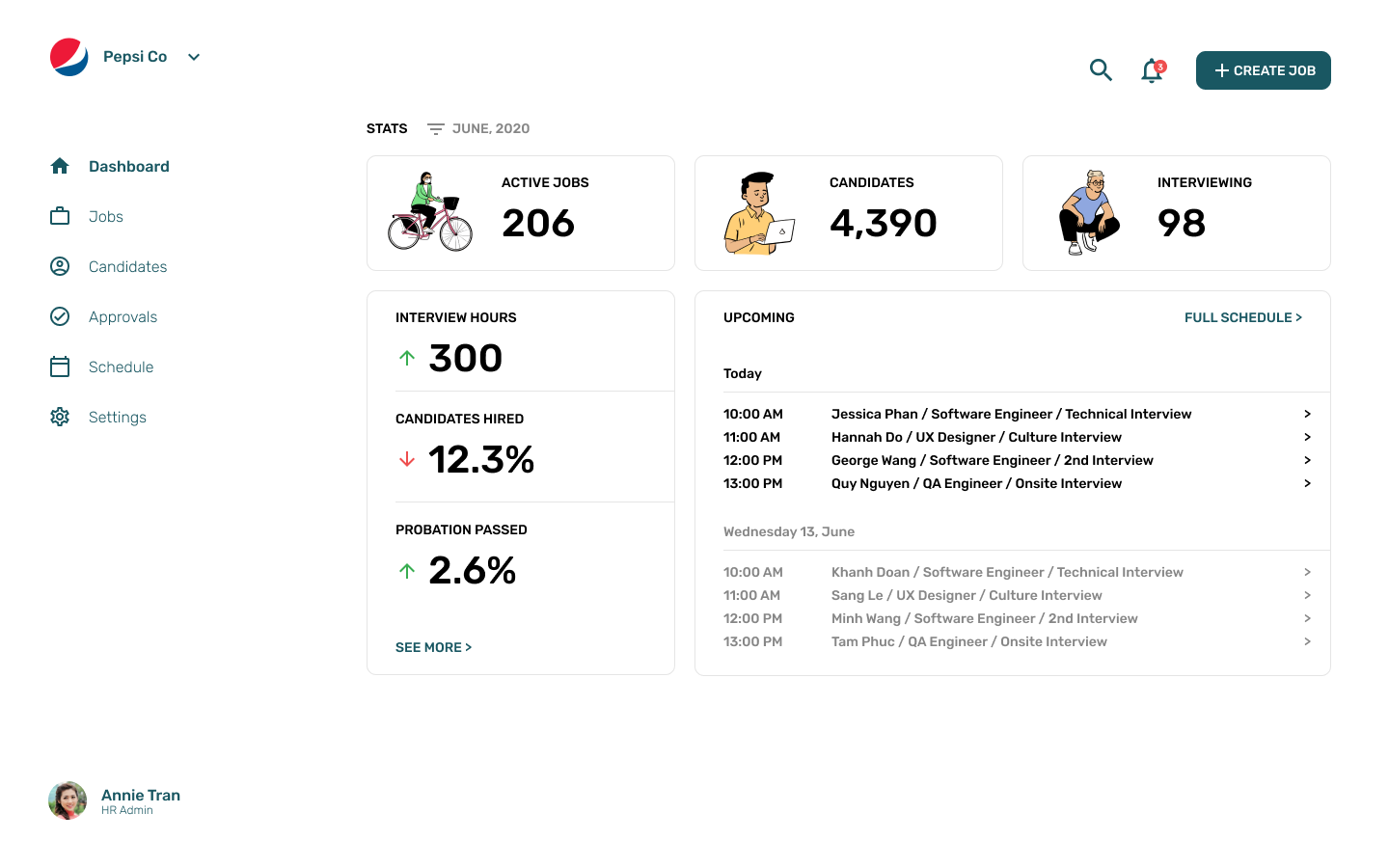
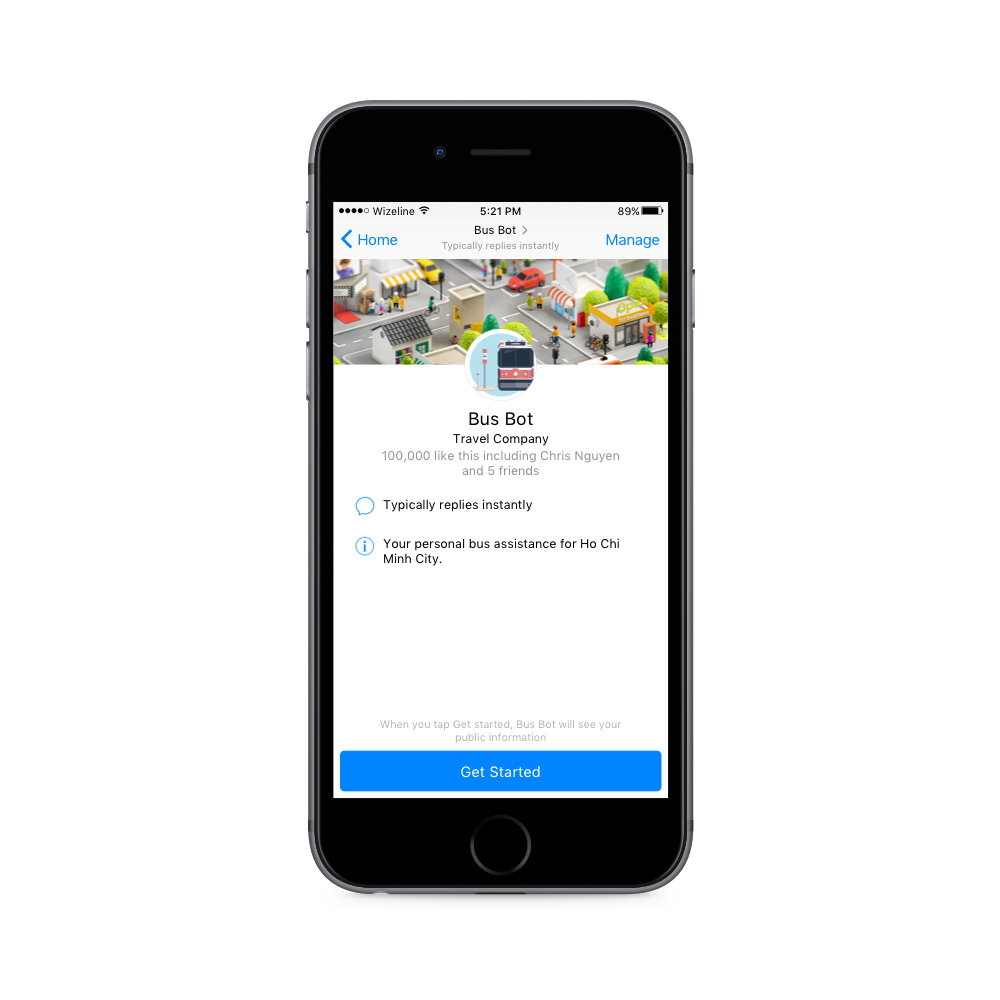
Phase 4: Concept
Input.
Output from phase 3: requirements definition and test subjects.
Stakeholders.
Business lead, product lead, technical lead, product designer, UX writer, and users & customers.
Output.
Concept testing report, experience maps, and value proposition prototype.
Activities.
Ideate on high-level solutions, prototype one concept, validate with users, and create copy.
Value.
Prototype the value proposition, get early feedback to validate risky assumptions, iterate on problem and vision statement, and iterate on design requirements.


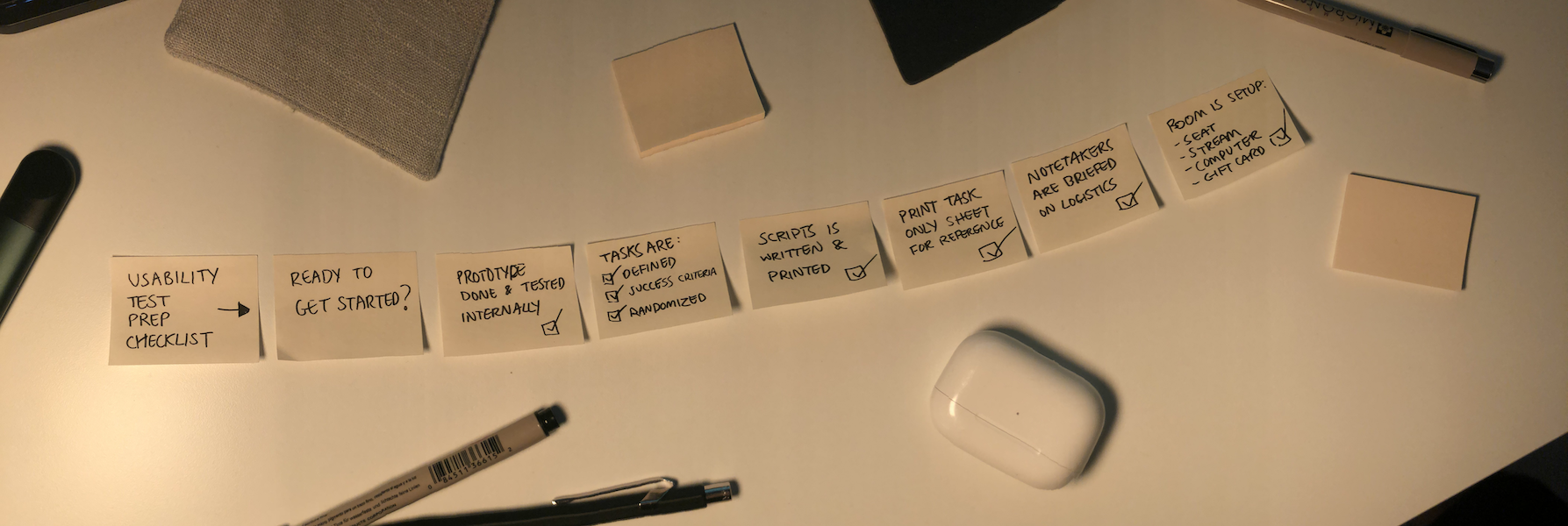
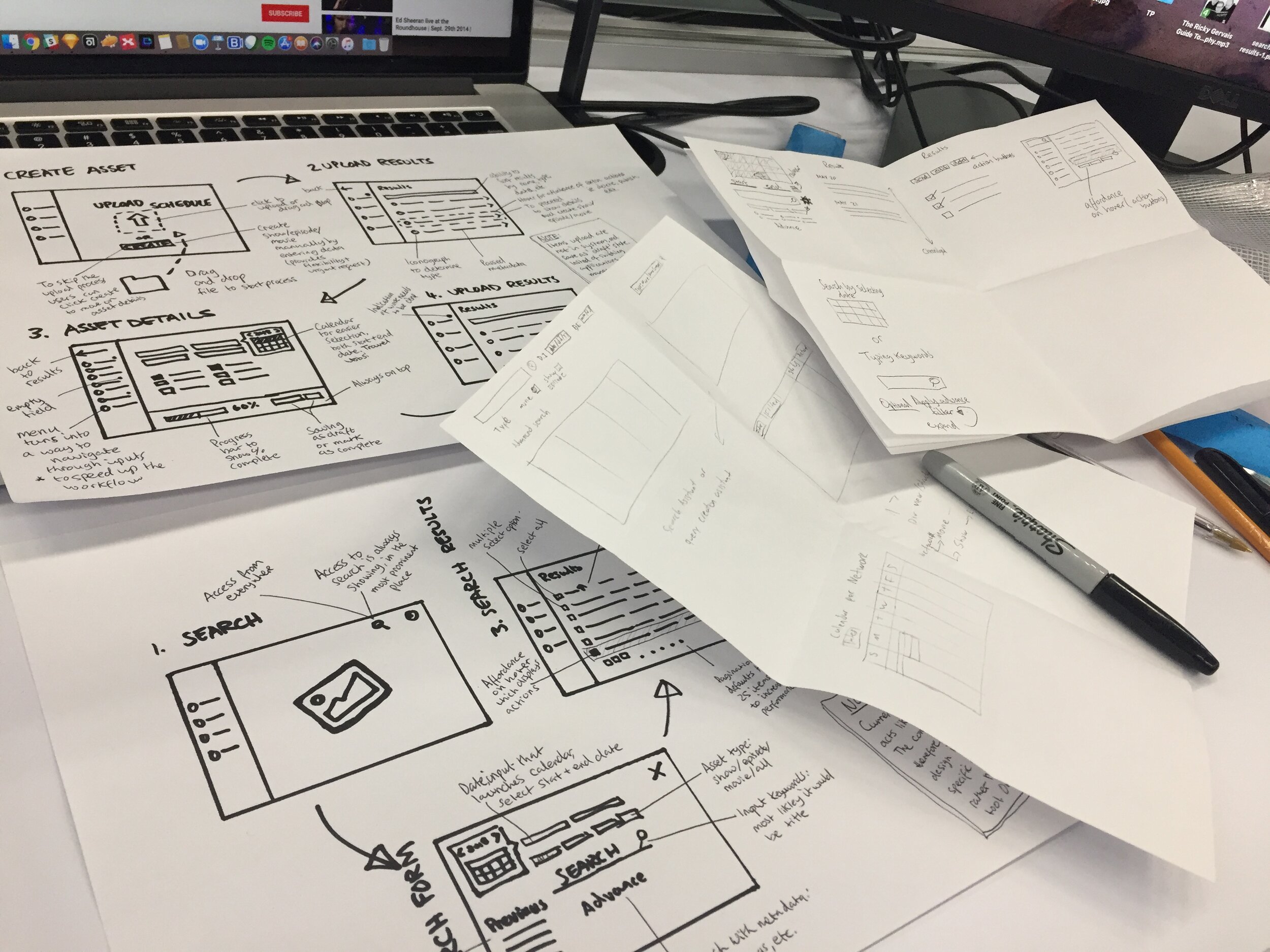


Phase 5: Framework
Input.
Brand guidelines, test subjects, feedback during design review, content guidelines, and user testing results.
Stakeholders.
Product lead, technical lead, product designer, UX writer, and users & customers.
Output.
Sketches, sitemaps, user flows, component inventory, and testing reports.
Activities.
Diagramming, sketching, storyboarding, design and test the navigation structure.
Value.
Prototype the value proposition and get early feedback to validate risky assumptions.
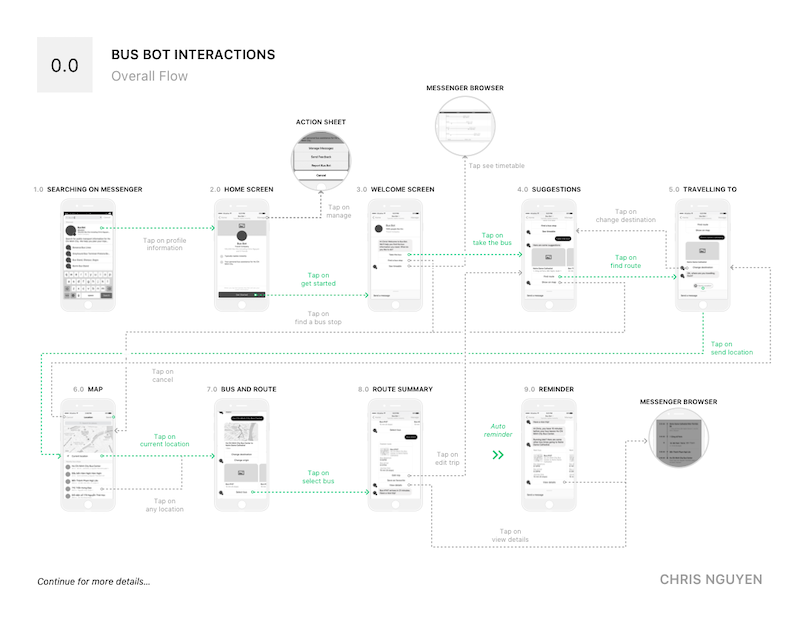
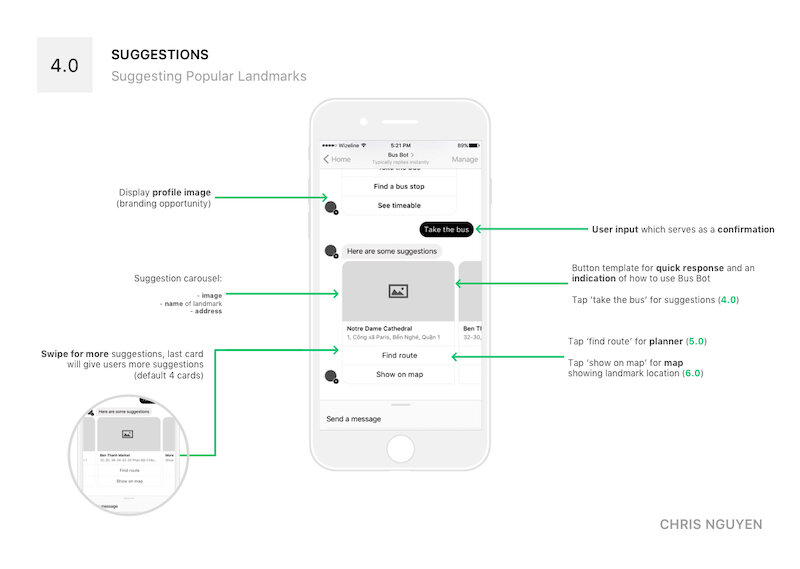


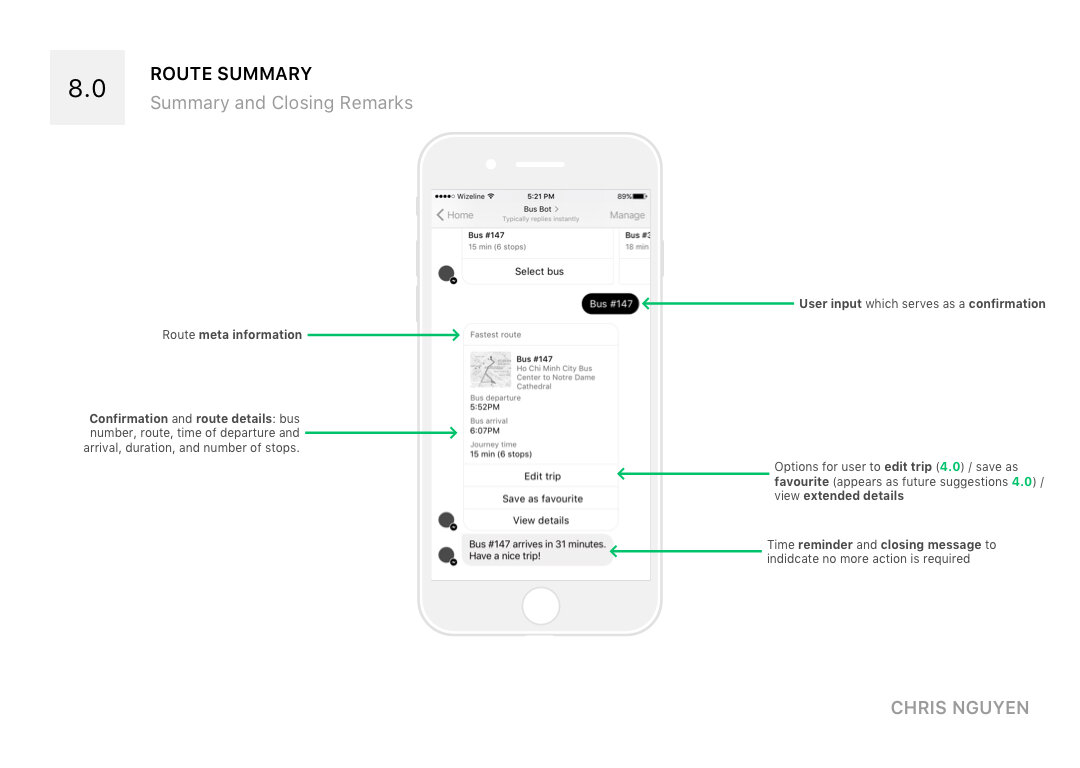
Phase 6: Interface
Input.
Brand guidelines, test subjects, feedback during design review, and user testing results.
Stakeholders.
Product lead, technical lead, product designer, UX writer, and users & customers.
Output.
Wireframes, wireflows copy/content, pattern libraries, low/mid fidelity prototypes, and testing reports.
Activities.
Design each view/screen state, refine the nav structure, create copy, consider design system, and testing mid-fi prototypes.
Value.
Review the structure of each view at wireframe level, align navigation, screens and components with technical feasibility, and develop content.


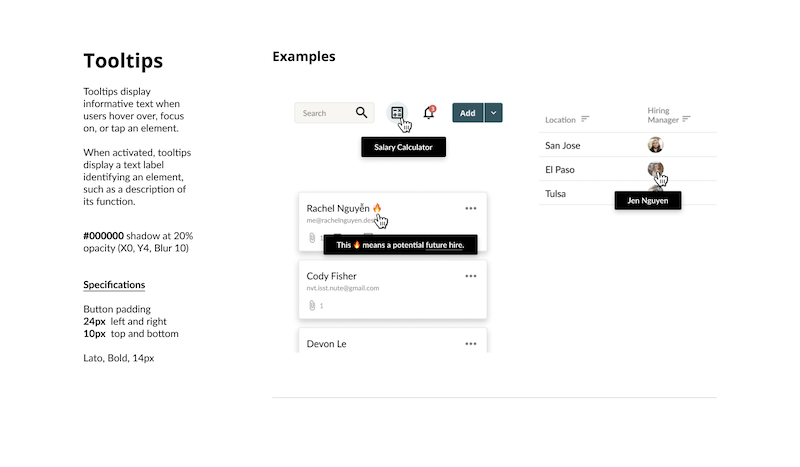
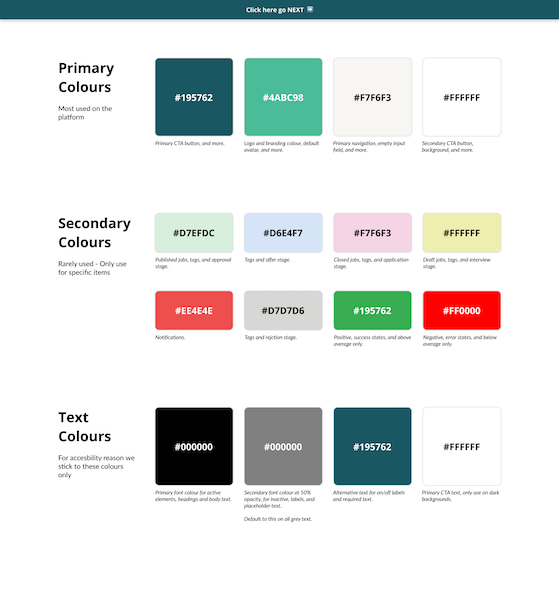
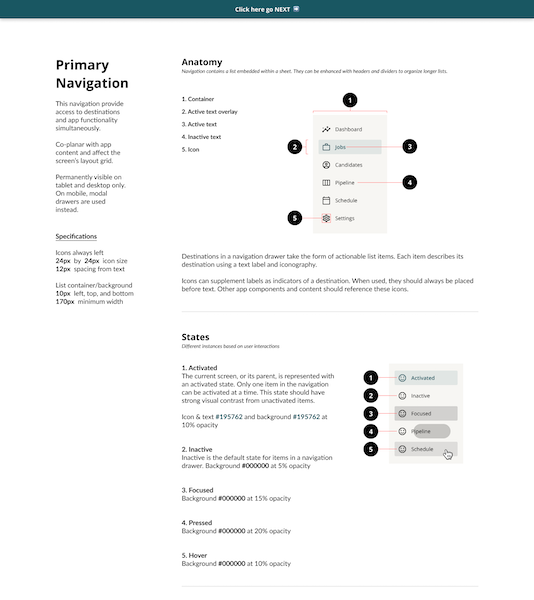
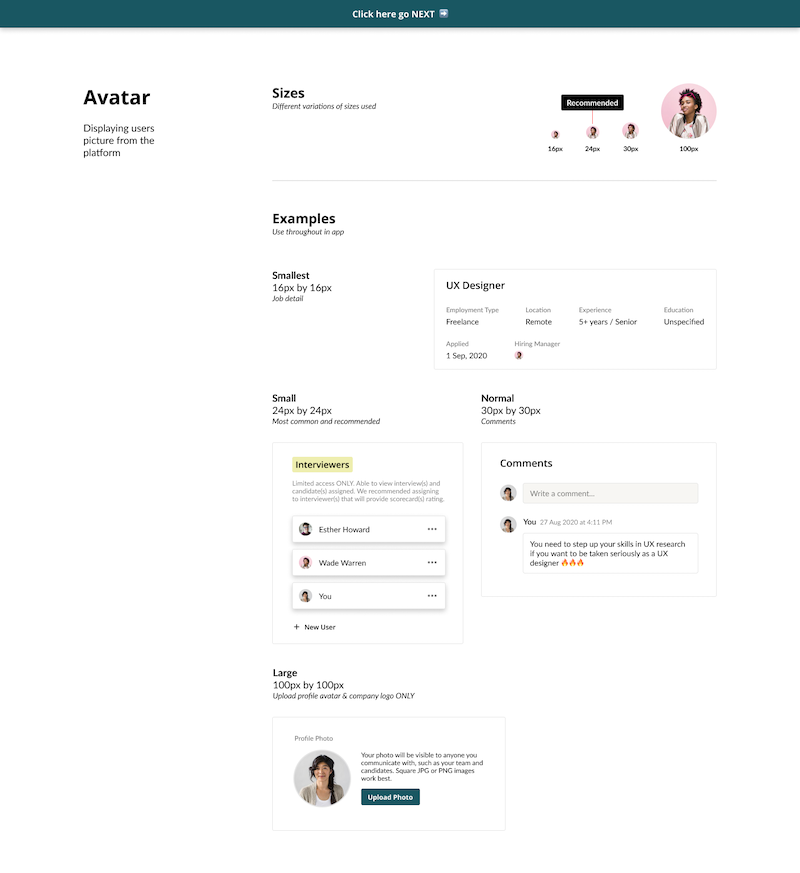
Phase 7: Refinement
Input.
Brand guidelines, test subjects, feedback during design review, and user testing results.
Stakeholders.
Product lead, technical lead, product designer, and users & customers.
Output.
Mockups, update design system, high fidelity prototypes, assets and specs, and testing reports.
Activities.
Implement look/feel, design micro interactions, refine copy, cover edge cases, test hi-fi prototypes, and deliver assets & specs for development.
Value.
Create final design specs, components, and assets for development and quickly cover edge cases w/o blocking development sprints.
